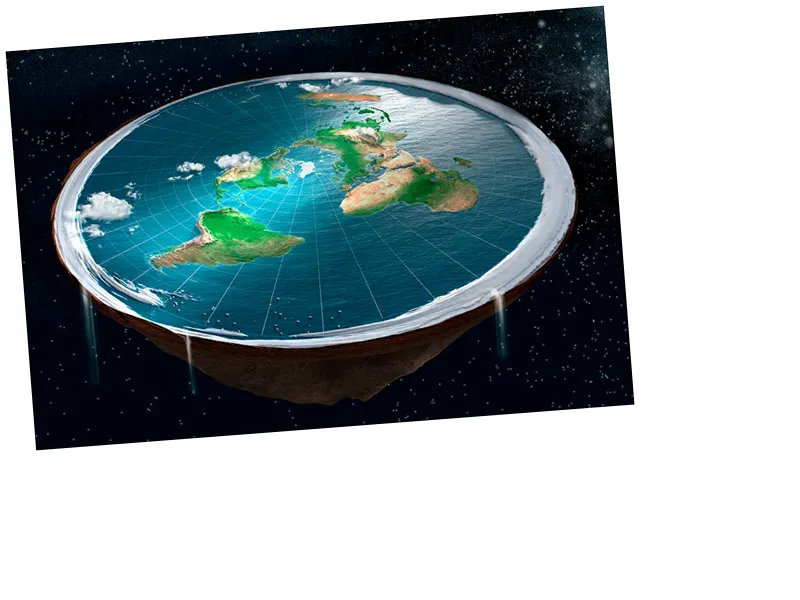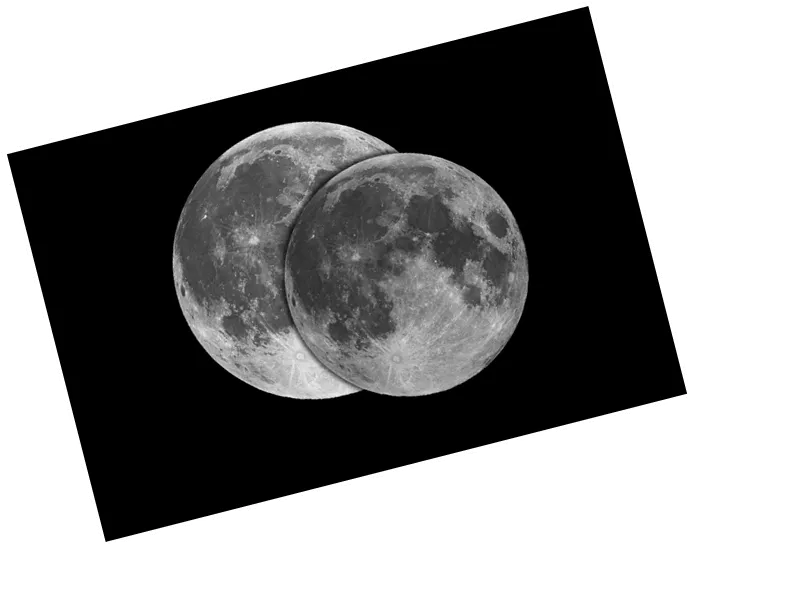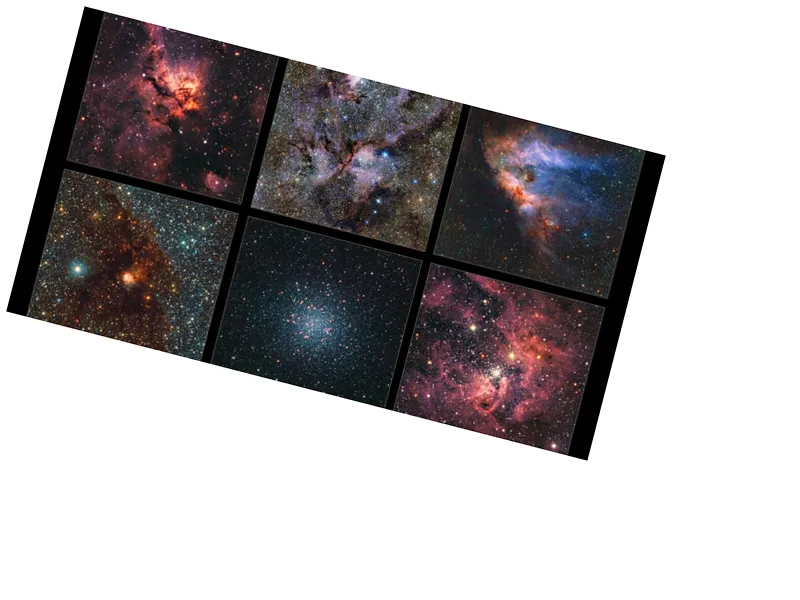Understanding the Sphericity of Earth
The debate surrounding the shape of the Earth has persisted for centuries, yet scientific evidence overwhelmingly supports its spherical nature. From satellite images to mathematical calculations, methods to prove the Earth’s roundness have been established by scholars and scientists throughout history. Notably, Muslim astronomers during the time of Caliph Al-Ma’mun, such as Abu Rayhan Al-Biruni, accurately calculated the Earth’s circumference, showcasing the advanced understanding of astronomy in that era.
The Moon's Perspective: A Matter of Latitude
When observing the Moon, individuals located at the North and South Poles experience a unique phenomenon: each person perceives the Moon as being oriented differently. This is because the Earth is so vast that our perception is limited. For instance, while the crescent Moon appears as an inverted 'C' in the Arab world, it appears as a standard 'C' in Australia. This discrepancy highlights how our position on the spherical Earth affects our view of celestial bodies and further refutes flat Earth theories.
Seasonal Stars: The Changing Night Sky
As the Earth orbits the Sun, the stars visible in the night sky change with the seasons. For example, certain constellations become prominent in winter while others are visible in summer. This seasonal variation is a clear indication that the Earth is not flat but rather spherical, as different locations experience different sets of stars based on their geographical position. The understanding of these celestial patterns has been integral to various cultures, including ancient Arab astronomers who linked star appearances to seasonal weather changes.
- The spherical model of the Earth can be further understood through simple experiments. For example, by spinning a small ball in front of a lamp, one can observe how the light reflects differently, mimicking the phases of the Moon. This serves as a practical illustration of how perspective alters our view of celestial bodies. Moreover, the idea that the Moon and stars would appear the same from all locations on a flat Earth is fundamentally flawed. The unique constellations visible in different hemispheres reinforce the reality of a spherical Earth, where geographical location significantly impacts astronomical observations.






